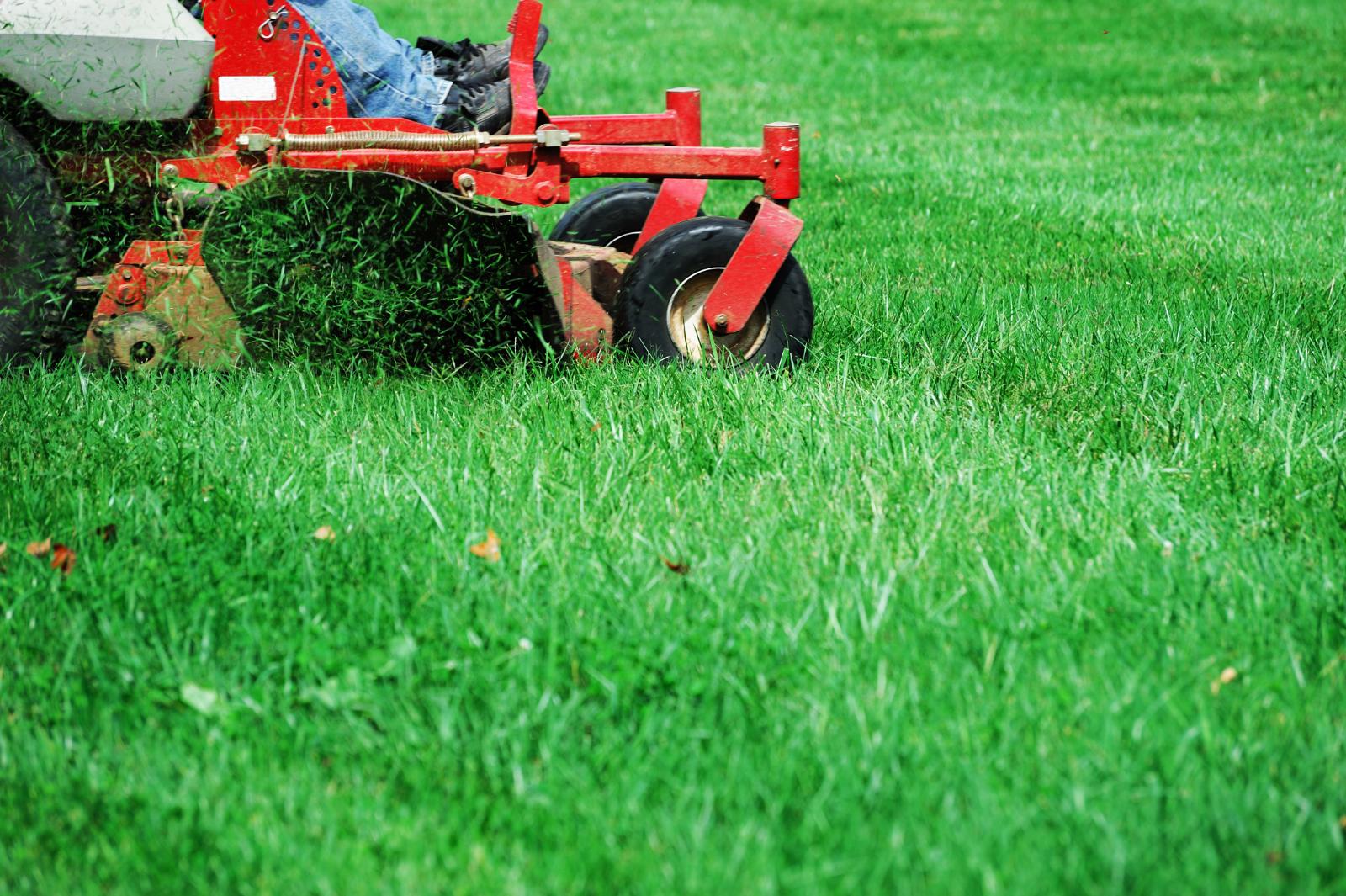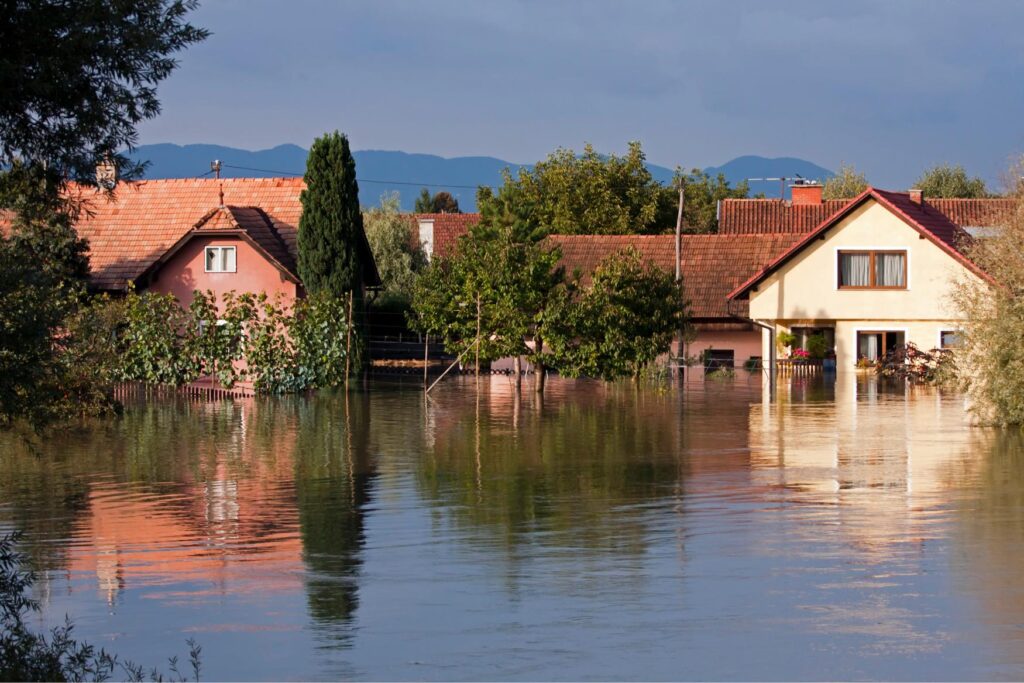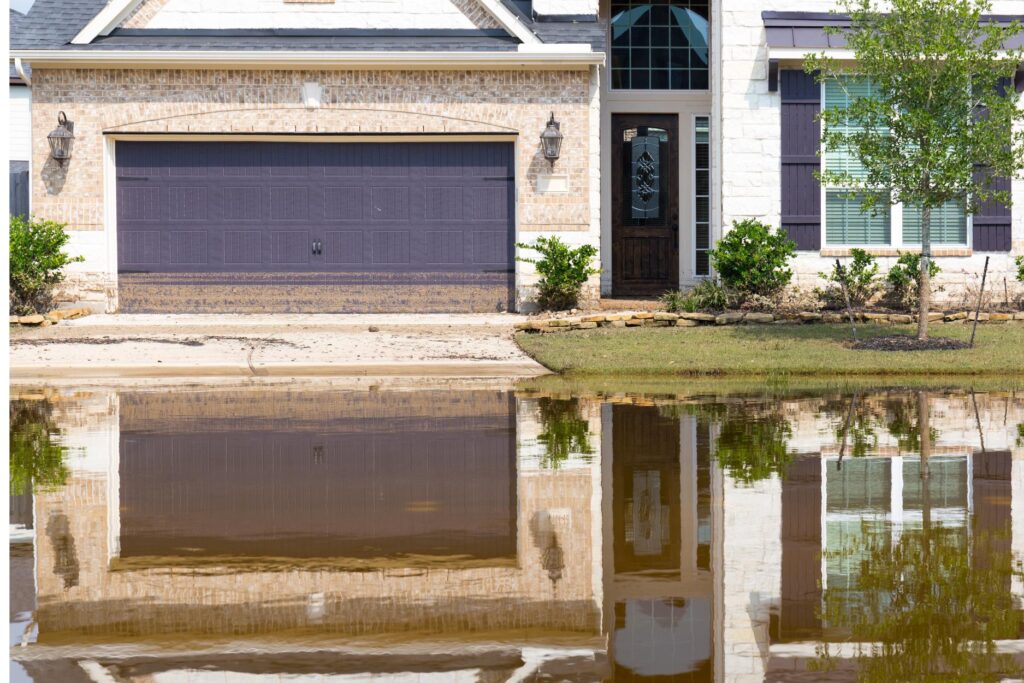Contents
With spring around the corner, it’s vital to be mindful of water conservation in your lawn care routine. By implementing a few simple yet impactful strategies, you can reduce water waste and contribute to a more sustainable environment. So, what practical tips can you follow to ensure a healthy lawn while conserving water this spring?
Key Takeaways
- Use deep root watering techniques to promote healthier roots and prevent runoff.
- Adjust mower blade height to avoid stress on grass and maintain strong root systems.
- Implement rainwater harvesting systems to reduce reliance on municipal water sources.
- Choose drought-resistant grass varieties like Bermuda grass for minimal water needs.
- Monitor soil moisture levels using tools like a soil moisture meter for efficient water usage.
Importance of Water Conservation
Understanding the importance of water conservation is vital to achieving a healthy and vibrant lawn while minimizing water usage. In regions facing water scarcity, adopting sustainable practices is essential for maintaining lush greenery while being mindful of the environment. Water scarcity is a pressing issue globally, making it essential to conserve water whenever possible. By implementing sustainable practices in your lawn care routine, you contribute to water conservation efforts and set an example for others in your community.
Sustainable practices such as collecting rainwater for irrigation, using drought-resistant grass species, and mulching to retain soil moisture can greatly reduce water consumption while promoting a thriving lawn. Being mindful of your water usage benefits the environment and helps preserve this precious resource for future generations. Embracing these sustainable practices ensures a beautiful lawn and aligns with the broader goal of water conservation. By making simple changes in your lawn care routine, you can play a part in combating water scarcity and promoting sustainable living.
Efficient Irrigation Techniques
Considering water conservation in your lawn care routine, optimizing your irrigation practices can greatly enhance efficiency and reduce water waste. By incorporating smart scheduling and deep root watering techniques, you can ensure that your lawn receives the right amount of water at the right time, promoting healthier grass while conserving water resources.
Here is a table outlining the efficient irrigation techniques:
| Efficient Irrigation Techniques | Benefits | How to Implement |
|---|---|---|
| Smart Scheduling | – Reduces water waste – Prevents overwatering – Saves time and money | – Use an irrigation controller with a rain sensor – Water early in the morning to reduce evaporation |
| Deep Root Watering | – Promotes healthier root growth – Increases drought tolerance – Minimizes runoff | – Water deeply but infrequently – Use soaker hoses or drip irrigation systems – Avoid frequent shallow watering |
Proper Mowing Practices
Implementing proper mowing practices is essential for maintaining a healthy and visually appealing lawn. Proper mowing techniques not only enhance the appearance of your lawn but also contribute to its overall health and vitality.
Here are three key tips to help you achieve the best results:
Mow at the Right Height: Adjust your mower blade to the appropriate height for your grass type. Different grasses have specific height requirements for best health, so be sure to research the ideal height for your lawn.
Follow the One-Third Rule: Never cut more than one-third of the grass blade length in a single mowing session. Cutting more than this can stress the grass and lead to a weaker root system.
Keep Your Mower Blade Sharp: A dull blade can tear the grass instead of cleanly cutting it, leaving ragged edges that are more susceptible to disease. Regularly sharpen your mower blade to ensure a clean cut every time.
Utilizing Rainwater Harvesting
Utilize rainwater harvesting as a sustainable method to conserve water and nourish your lawn effectively. Rainwater collection involves capturing rain from roofs or other surfaces and storing it for later use on your lawn. This practice not only reduces your reliance on municipal water sources but also helps in maintaining a green and healthy lawn. By setting up a rain barrel or a more complex rainwater harvesting system, you can collect significant amounts of water during rainy periods for later use during drier times.
Water-efficient landscaping goes hand in hand with rainwater harvesting. By incorporating elements such as drought-resistant plants, mulching, and strategic irrigation methods, you can further reduce water waste and promote a thriving lawn. Consider planting native grasses and plants that are adapted to your region’s climate and require less water to flourish. Additionally, grouping plants with similar water needs together can help you optimize your watering practices and minimize water usage. You can create a sustainable and environmentally friendly lawn care routine by combining rainwater harvesting with water-efficient landscaping techniques.
Choosing Drought-Resistant Grass Varieties
When selecting the best drought-resistant grass for your lawn, consider water-saving grass types that thrive in your region’s climate.
Opt for varieties like Bermuda grass, Buffalo grass, or Zoysia grass, which are known for their ability to withstand dry conditions and require less watering.
These grass types conserve water and offer a lush and vibrant lawn without excessive maintenance.
Best Drought-Resistant Grass
Choosing the appropriate drought-resistant grass for your lawn can greatly decrease water consumption while maintaining a lush and healthy landscape. When selecting the best drought-resistant grass, consider factors like climate, soil type, and maintenance requirements.
Here are some popular drought-resistant grass varieties worth exploring:
- Buffalo Grass: A native warm-season grass that requires minimal water and maintenance.
- Zoysia Grass: Known for its drought tolerance and ability to withstand foot traffic.
- Tall Fescue: A cool-season grass that shows good drought resistance and adapts well to various soil types.
These grass types help conserve water and provide a beautiful and sustainable lawn for you to enjoy.
Water-Saving Grass Types
Selecting drought-resistant grass varieties is essential for conserving water while maintaining a vibrant and eco-friendly lawn. When considering grass selection, opt for water-efficient turf such as Bermuda grass, buffalo grass, or zoysia grass. These varieties have deep root systems that help them withstand dry conditions, reducing the need for frequent watering.
Bermuda grass, known for its tolerance to heat and drought, thrives in full sun and requires minimal maintenance. Buffalo grass is a native prairie grass with excellent drought resistance, making it ideal for water conservation efforts. Zoysia grass is a slow-growing turf that forms a dense carpet, reducing water evaporation from the soil.
Implementing Mulching for Moisture Retention
When conserving water in your lawn care routine, mulching is a key practice you should consider implementing.
Mulch helps retain moisture in the soil, reducing the need for frequent watering and promoting healthier root systems for your plants.
Mulch for Water Retention
To enhance moisture retention in your lawn, consider applying a generous layer of mulch around your plants and grass. Mulching has numerous benefits, including reducing water evaporation, moderating soil temperature, and suppressing weed growth. By implementing mulch for water retention, you can create a sustainable environment for your lawn to thrive.
Here are some water retention techniques using mulch:
- Mulch acts as a protective barrier, preventing water loss through evaporation.
- Mulch helps regulate soil temperature, keeping it cool and moist for longer periods.
- Mulch suppresses weed growth, allowing water to reach your plants effectively.
Implementing these mulching techniques will help conserve water and promote healthier, more vibrant lawns.
Benefits of Mulching
Enhancing moisture retention through mulching not only benefits your lawn by reducing water evaporation but also contributes to a sustainable and thriving environment for your plants and grass.
Mulching helps retain soil moisture, reducing the watering frequency needed for your lawn. By using organic mulches like wood chips, straw, or grass clippings, you can improve soil structure, promote beneficial soil organisms, and enhance nutrient availability for your plants.
Inorganic mulches such as gravel or stones can also help retain moisture and suppress weeds. Choosing the right mulch type for your lawn and garden can improve water conservation, promote healthier plants, and create a more vibrant outdoor space.
Consider the various mulch options available to maximize the benefits for your landscape.
Mulching Techniques for Moisture
Implementing mulching techniques for moisture retention in your lawn and garden can greatly enhance water conservation efforts and promote healthier plant growth.
When it comes to mulching for moisture, consider the following:
- Mulching benefits
- Retains soil moisture, reducing the need for frequent watering.
- Helps prevent weed growth, minimizing competition for water.
- Insulates plant roots, protecting them from extreme temperature fluctuations.
Proper mulch application is key to maximizing its benefits. Apply a 2-4 inch layer of organic mulch around plants, ensuring it doesn’t touch the stems. Regularly replenish mulch as it decomposes to maintain its effectiveness.
Monitoring Soil Moisture Levels
By consistently monitoring the moisture levels in your soil, you can ensure efficient water usage and promote healthy lawn growth. Soil health is vital for water retention, and keeping track of moisture levels is essential to maintaining ideal conditions.
Consider using a simple tool like a soil moisture meter to monitor soil moisture effectively. These devices provide accurate readings and help you determine when it’s time to water your lawn. Insert the probe into the soil at different points across your lawn to get a thorough understanding of moisture distribution.
Remember, overwatering can be just as harmful as underwatering, so it’s important to strike a balance. Additionally, pay attention to visual cues such as wilting or yellowing grass, which can indicate a need for more water.
Recap
By incorporating these water conservation practices into your spring lawn care routine, you can ensure that your lawn remains healthy and vibrant while also contributing to environmental sustainability.
Remember, small changes in your lawn maintenance habits can significantly impact water usage and conservation efforts.
Keep up the good work in nurturing your lawn with these sustainable techniques for a greener future.




